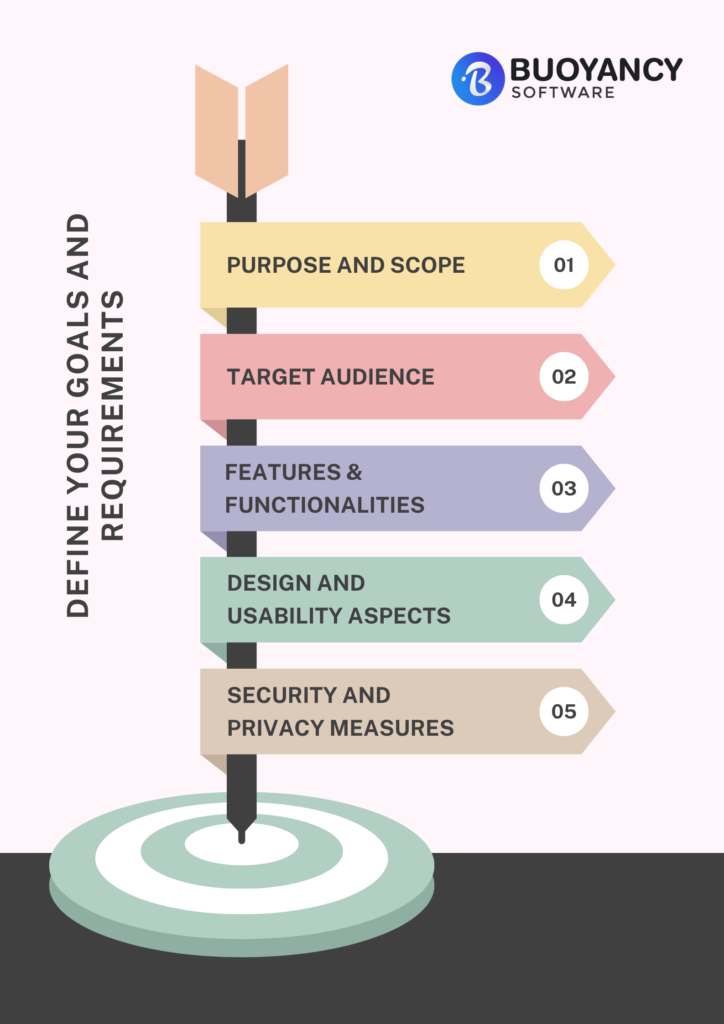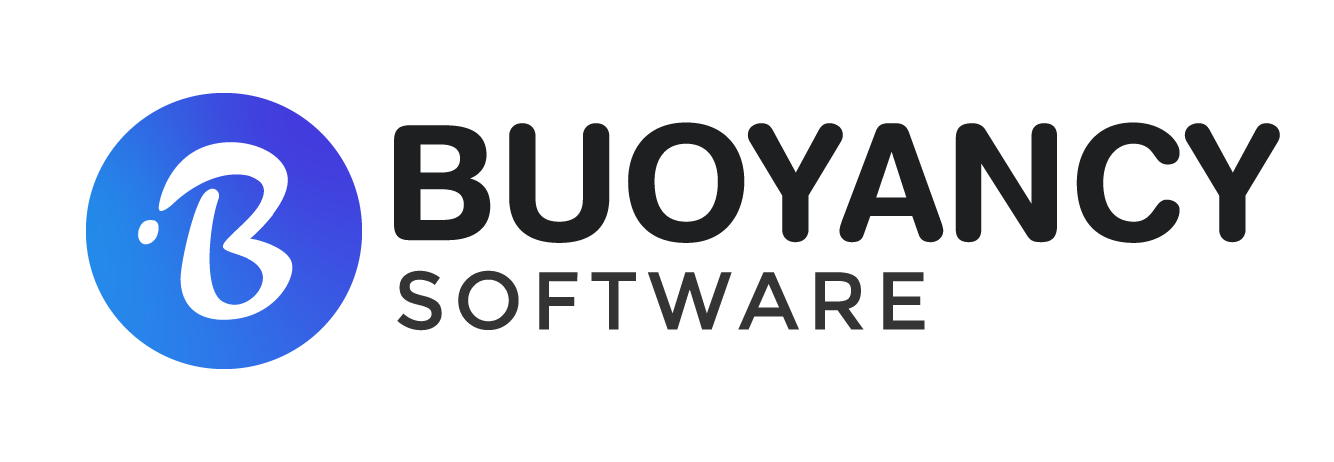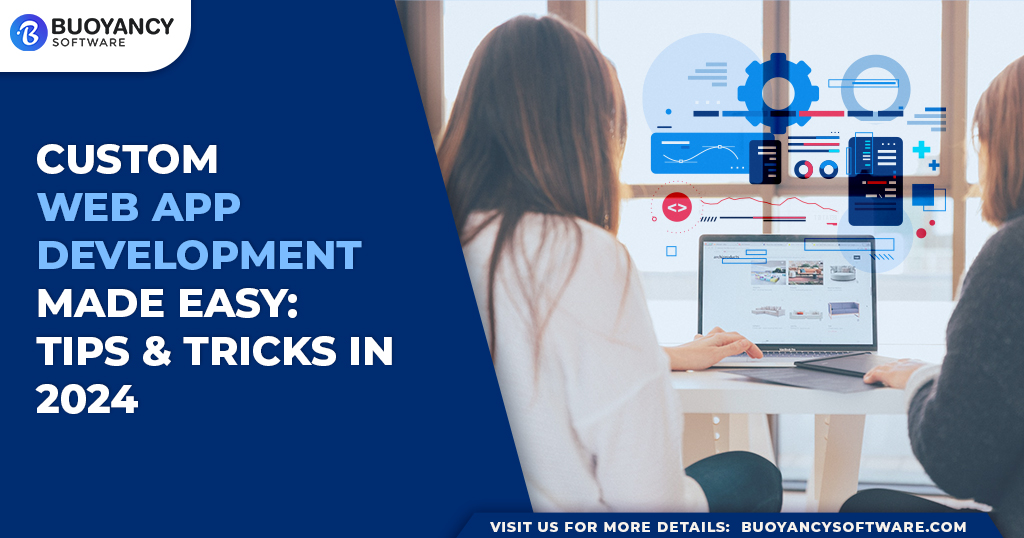Web App Development is the crucial things for the companies to survive nowadays. Web applications are software programs that run on web browsers and servers. They can be accessed from any device, anywhere, and anytime.
Web applications can be used for various purposes, such as e-commerce, social media, online gaming, education, and more. Web apps can offer many benefits for businesses, such as increased productivity, customer engagement, scalability, and security.
Despite these benefits, not all web applications are crafted alike. To truly meet the distinct needs and preferences of each business and its users, customization is key. While some web applications are generic—tailored to suit a broad user base and various scenarios—they come with certain limitations.
Generic web applications, while cost-effective and easily deployable, may struggle with complex business requirements, integration with existing systems or data sources, and adapting to changing customer demands or market trends.
That’s why we at Buoyancy Software, a digital engineering, IT consulting, and software solutions provider based in Ahmedabad, India, we are here to help you. A . We specialize in web design, custom software development, web development, and mobile app development. With years of experience in creating web apps for various industries and domains, using the latest technologies and frameworks.
In this blog post, we aim to share invaluable tips and tricks to enhance the ease, efficiency, and effectiveness of your Web App Development.
Whether you’re a novice or an expert, these insights can elevate your web app development skills, ensuring you deliver optimal results. Stay tuned as we unravel the secrets to crafting web applications that stand out in today’s dynamic digital landscape.
Tip #1: Define Your Goals and Requirements for Web App Development
Before you start developing your web app, you need to have a clear idea of what you want to achieve and how you want to achieve it. You need to define your goals and requirements for a perfect result and this involves articulating:
– What is the purpose and scope of your web app?
– Who are your target audience and users?
– Define the features and functionalities that your web app must have?
– What are the design and usability aspects that your web app must follow?
– Define the technical and performance specifications that your web app must meet?
– What are the security and privacy measures that your web app must implement?

By precisely defining your goals and requirements, you gain a comprehensive understanding of your web app project and its scope. This clarity helps in avoiding unnecessary features and complexities that could inflate development costs and timelines.
Furthermore, a well-defined roadmap enables you to communicate your expectations and needs more effectively with stakeholders and developers, fostering a smoother development process.
Tip #2: Optimize Your Web App Development with the Right Tools and Technologies
One of the most important decisions that you need to make when developing your web app is choosing the right tools and technologies. There are many options available in the market, such as programming languages, frameworks, libraries, databases, APIs, and hosting services. You need to choose the ones that suit your web app project and its goals and requirements.
Some of the factors that you need to consider when choosing the right tools and technologies are:
Compatibility: The tools and technologies that you choose should be compatible with each other and with your web app project. They should also be compatible with the devices and browsers that your users will use to access your web app. Compatibility with the devices and browsers your users utilize is equally paramount.
Scalability: Opt for tools and technologies that can gracefully accommodate the growth and expansion of your web app project. They should also be able to adapt to the changing needs and demands of your users and business.
Performance: The tools and technologies that you choose should be able to deliver high performance and speed for your web app project. Look for solutions that optimize resource utilization and bandwidth consumption.
Security: Select tools and technologies that provide robust security measures for your web app project. They should also be able to prevent and mitigate any potential threats and risks that your web app may face.
Cost: Strive for tools and technologies that strike a balance between affordability and effectiveness for your web app project. They should also be able to provide value and return on investment for your business.
At Buoyancy Software, we use the best and most suitable tools and technologies for our web app projects. We use .NET Core, ABP.io, ASP.NET, MVC, React, React Native, Angular, and other web development technologies.
For hosting and cloud services, we rely on Azure and AWS. Our commitment is to ensure that our chosen tools and technologies are not only compatible, scalable, and performant but also secure and cost-effective for every web app project we undertake.
Tip #3: Follow the Best Practices and Standards
Another tip that can help you make your web app more easy, efficient, and effective is following the best practices and standards. These guidelines and recommendations serve as a compass, steering your web app development process toward heightened quality and consistency. Incorporating the following best practices and standards is essential:
Coding standards: Abide by established rules and conventions when crafting your code. These standards facilitate code readability, maintainability, and reusability, minimizing errors and bugs. Embrace practices such as naming conventions, indentation, comment usage, syntax adherence, and structural organization.
Design principles: Shape your web app with adherence to fundamental design principles. These principles contribute to a user-friendly, visually appealing, and functional web app, enhancing the overall user experience and satisfaction. Prioritize design principles such as simplicity, consistency, clarity, contrast, and alignment.
Testing Methods: Implement rigorous testing methods and techniques to ensure your web app functions as expected and aligns with predefined goals and requirements. Testing methods, including unit testing, integration testing, functional testing, usability testing, and security testing, are instrumental in identifying and rectifying any issues or defects in your web app.
At Buoyancy Software, we follow the best practices and standards for our web app projects. We use coding standards such as C# Coding Conventions, React Style Guide, and Angular Style Guide.
Tip #4: Use feedback and analytics
The last tip that can help you make your web app more easy, efficient, and effective is using feedback and analytics. These are the tools and sources that can help you measure and improve the performance and success of your web app. They can also help you understand and optimize the behavior and preferences of your users and customers. Some of the feedback and analytics tools and sources that you need to use are:
Feedback tools: These are the tools that can help you collect and analyse the feedback and opinions of your users and customers. They can help you understand what they like and dislike about your web app, what they need and want from your web app, and what they suggest and recommend for your web app. Some of the feedback tools that you need to use are surveys, polls, ratings, reviews, and comments.
Analytics tools: These are the tools that can help you track and monitor the data and metrics of your web app. They can help you understand how your web app is performing and functioning, how your users and customers are using and interacting with your web app, and how your web app is impacting and influencing your business. Some of the analytics tools that you need to use are Google Analytics, Firebase, Mixpanel, and Hotjar.
At Buoyancy Software, we use feedback and analytics tools for our web app projects. We use feedback tools such as Jot form, Type form, Trust pilot, and Disqus. We use analytics tools such as Google Analytics, Firebase, Mixpanel, and Hotjar.
Conclusion
Web apps are powerful and versatile tools that can help you grow and succeed in your business. However, creating a web app is not a simple task. It requires a lot of skills, knowledge, and resources. That’s why you need to follow these tips and tricks that can help you make your web app more easy, efficient, and effective.
If you need any help or guidance in creating your web app, you can contact us at Buoyancy Software, a digital engineering, IT consulting, and software solutions provider based in Ahmedabad, India, committed to delivering high-quality and cost-effective web app solutions for our clients. We have a team of expert and experienced web developers who are always ready to listen to your needs and expectations and work with you to achieve your goals and requirements to help you create your web app from scratch or improve your existing web app. We can also help you with web design, custom software development, mobile app development, and game development.
So, are you ready to ditch the kayak and set sail on your own custom-built yacht? Contact Buoyancy Software today and let’s chart a course towards digital dominance. Contact us today for a free consultation and quote. We look forward to hearing from you and working with you on your next web project.
Remember, in the digital ocean, it’s not about surviving; it’s about thriving. And with a custom web application, you have the power to navigate towards a horizon brimming with limitless possibilities.



